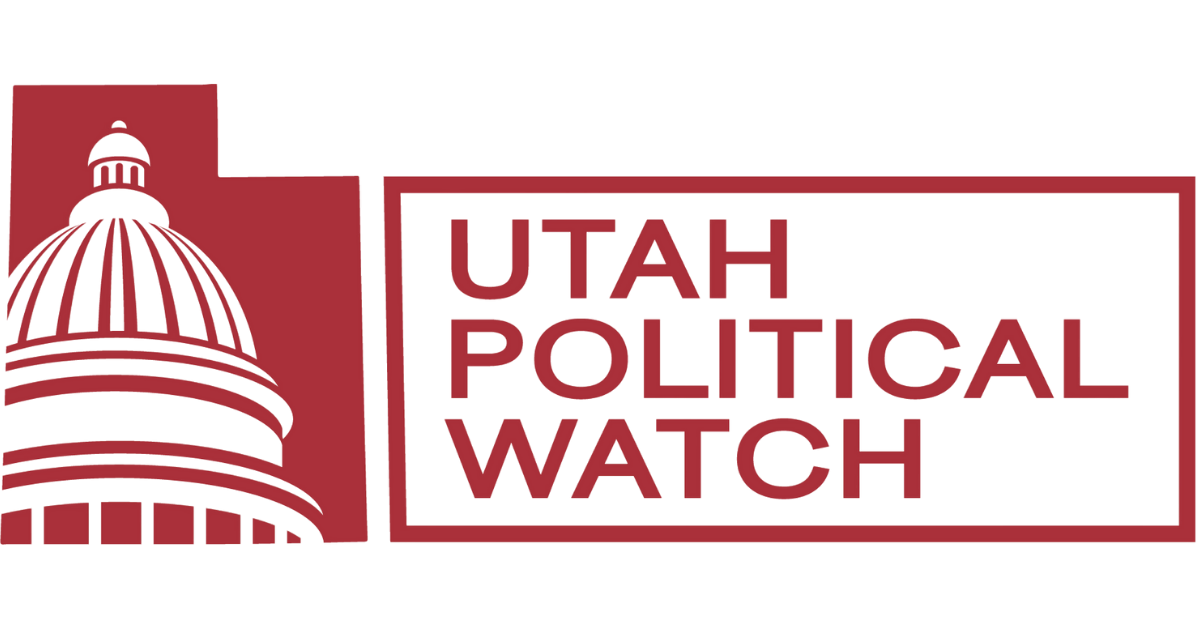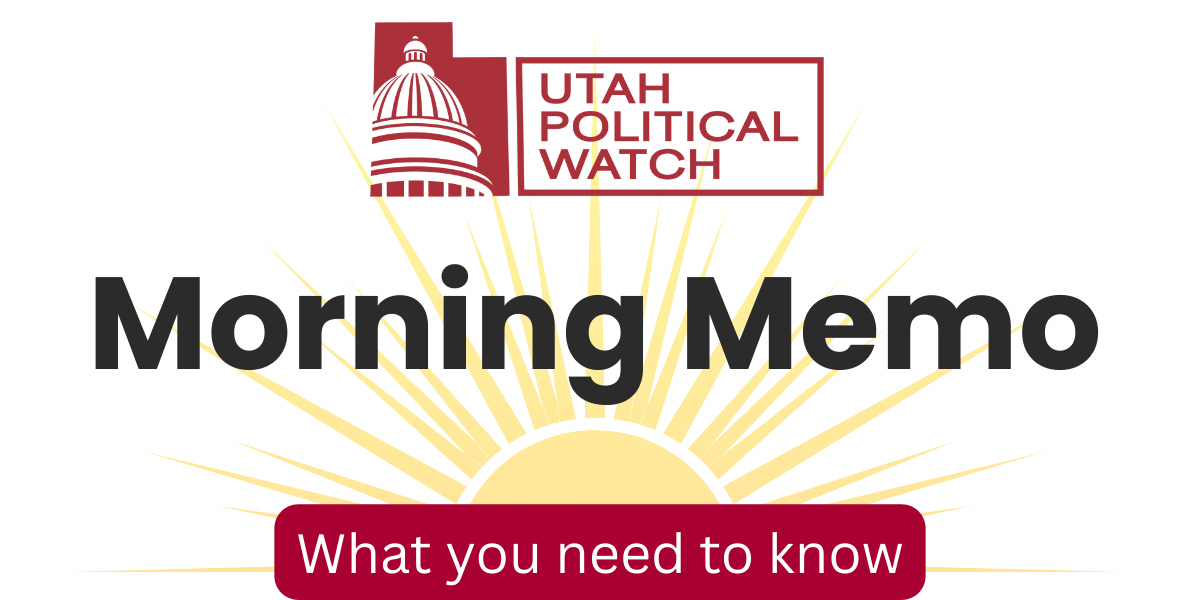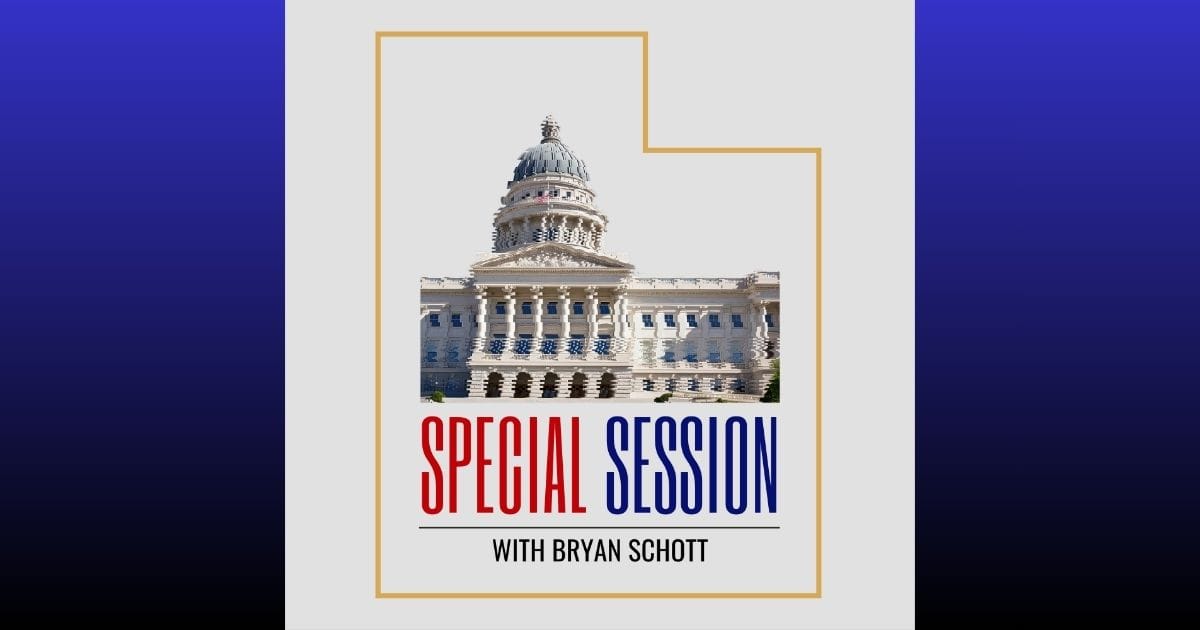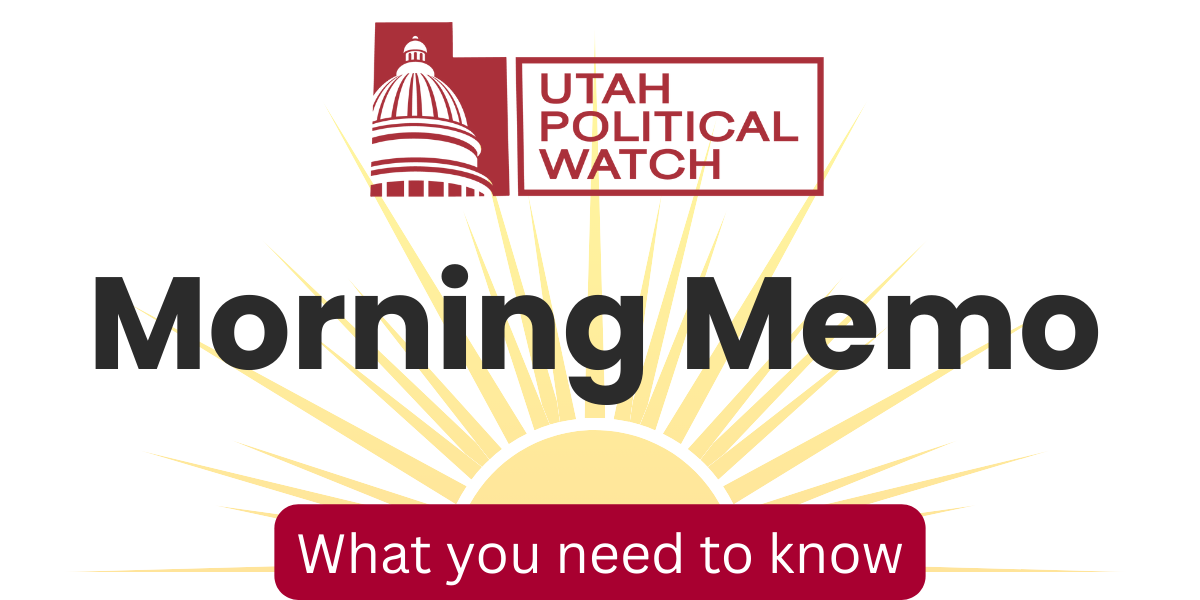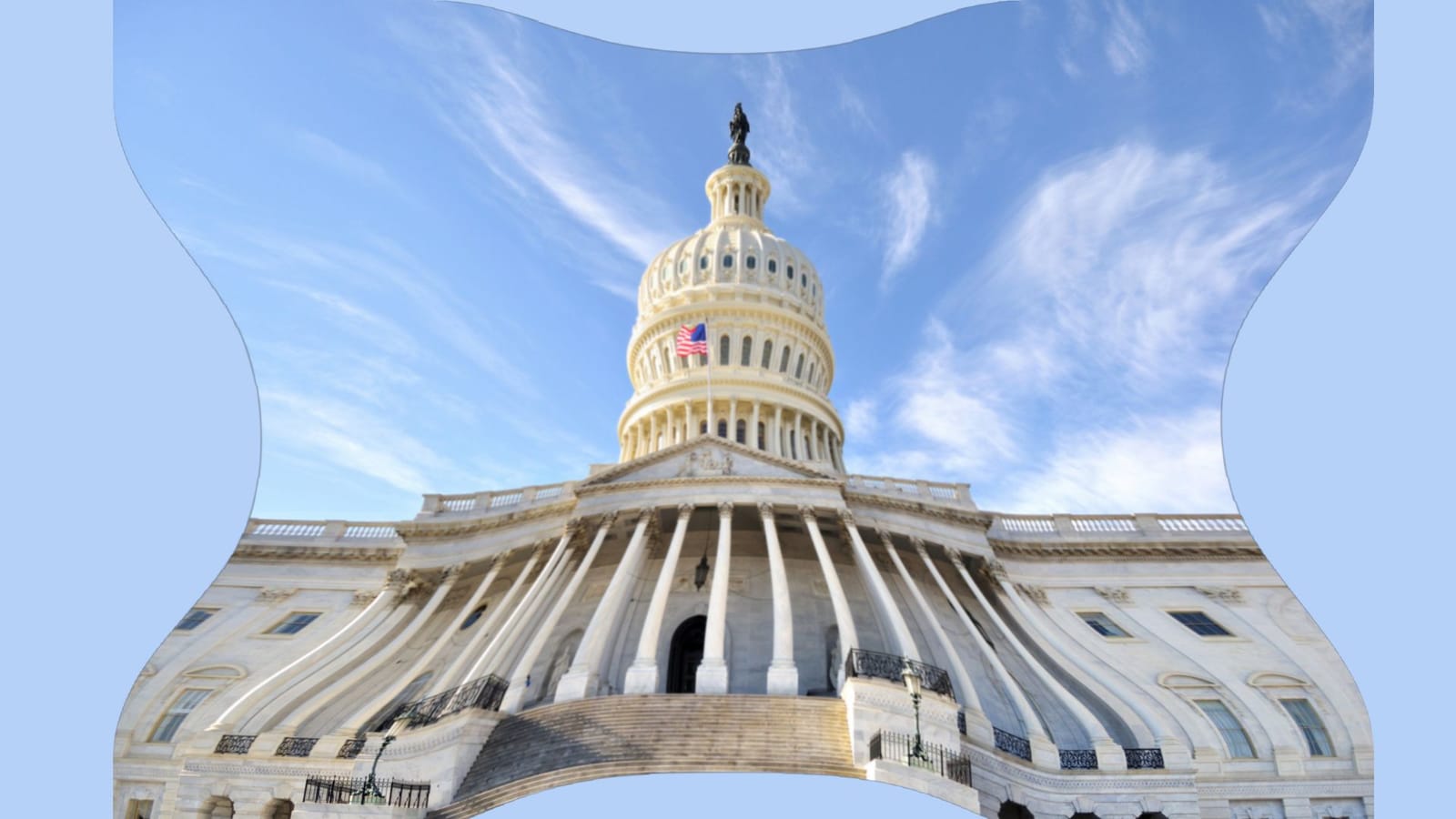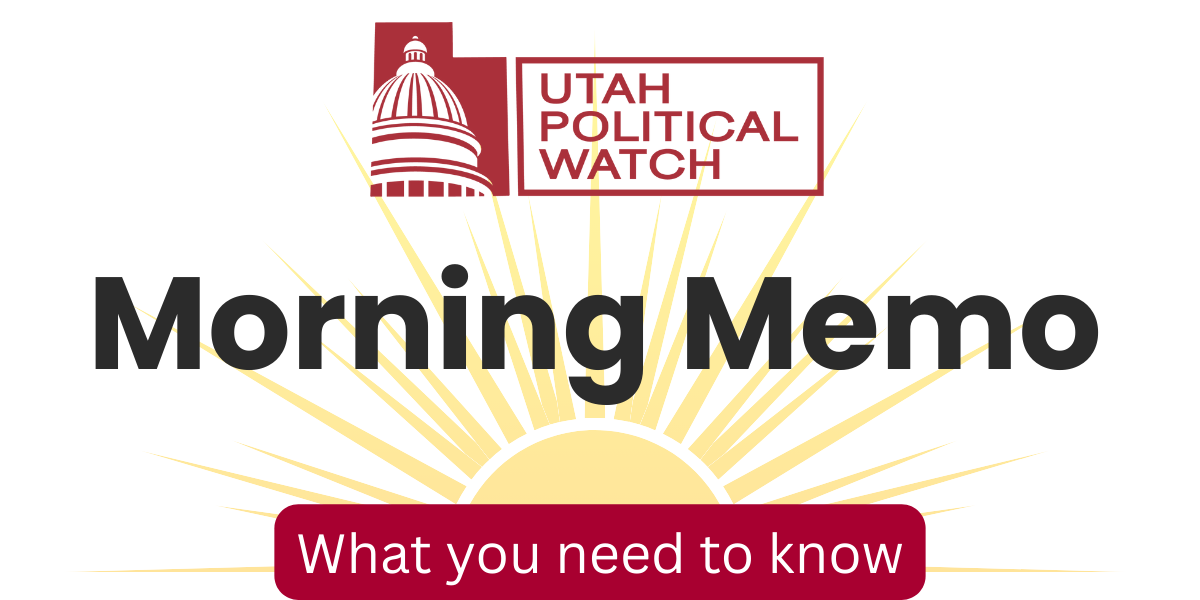Utah lawmakers have one month to draw new congressional maps after a state judge threw out the current ones Monday evening, reinstating a voter-approved ban on partisan gerrymandering.
Third District Judge Dianna Gibson ruled that the Utah Legislature violated Utah's Constitution when they gutted Prop. 4, the citizen-approved ballot measure that established an independent redistricting commission. Her ruling reinstates Prop. 4 in its entirety, including its ban on partisan gerrymandering.
As a result, the congressional maps approved by the GOP-controlled legislature in 2021 are no longer valid. She's ordered lawmakers to come up with new maps by September 24. Those maps must comply with the standards established by Prop. 4, including a ban on using partisan voter data and a directive to avoid splitting cities and counties where possible.
If lawmakers fail to come up with new maps by the deadline, or approve maps that do not follow the Prop. 4 guidelines, then the plaintiffs in the case or outside parties can submit map proposals to the court, which will then choose one that will be in place for the 2026 election.
Emma Petty Adams, with Mormon Women for Ethical Government, one of the plaintiffs in the case, called Gibson's ruling a significant victory for the citizens of Utah.
"This case has always been about the source of political power. We believe that it originates with the people. The people loan it to our elected officials, and those representatives must be accountable to the people,” Petty Adams said.
She added, "When citizens come together and act in good faith to improve that government, we deserve to be heard, not silenced. The court today reaffirmed that citizens have both the right and the responsibility to reform unjust systems—and that this right cannot be discarded by elected officials for their own political convenience."
Are Utah's maps gerrymandered?
It's difficult to argue that they're not.
Just by looking at the current map, you can see that Salt Lake County was intentionally divided into four pieces. Lawmakers argued at the time that they were ensuring that every district had both a rural and urban component.
If you take a look under the hood of the map, though, you'll see how Utah lawmakers almost surgically sliced up Democratic voters equally among the four districts.
According to current voter registration data provided by L2 Political, there are just over 224,000 registered Democratic voters in Utah. While the totals have likely shifted since 2021, those voters remain strikingly evenly distributed across the four districts.
- CD1 - 55,357 registered Democratic voters.
- CD2 - 61,586 registered Democratic voters.
- CD3 - 54,651 registered Democratic voters.
- CD4 - 52,485 registered Democrats.
How we got here
In 2018, Utah voters narrowly approved Prop. 4, which banned partisan gerrymandering and created an independent redistricting commission that had strict rules on how political maps could be drawn. The legislature could only reject maps if they could show that they violated the guidelines established by the initiative.
Two years later, lawmakers passed SB200, effectively repealing Prop. 4. The law reduced the independent commission to an advisory role and gave lawmakers the final say in the drawing of political boundaries. It also repealed the ban on partisan gerrymandering.
In March 2022, the League of Women Voters of Utah and Mormon Women for Ethical Government, along with several other individuals, filed a lawsuit contending that the legislature's repeal of Prop. 4 was unconstitutional and that the maps enacted by lawmakers in 2021 are an illegal gerrymander.
Gibson held that by passing Prop. 4 at the ballot box, the citizens of Utah were exercising their constitutional right to "alter or reform" government. When lawmakers passed SB200, they unconstitutionally impaired that reform.
Lawmakers had argued that the Utah Constitution gave them exclusive control over redistricting. Judge Gibson rejected that argument, holding that redistricting is a function shared equally by the people and the legislature.
Last summer, the Utah Supreme Court rejected the legislature's effort to dismiss the case, sending it back to Gibson's courtroom with instructions to apply strict scrutiny to SB200—the highest level of judicial review, which requires a compelling state interest pursued through the least restrictive means.
Legislative lawyers had argued that repealing Prop. 4 was necessary so that maps were enacted in a timely manner. They also claimed maps drawn by lawmakers would include all Utahns, while an independent commission's maps would not be representative. They also argued that keeping redistricting with lawmakers was more fiscally responsible.
Gibson rejected those arguments, ruling that SB200 was neither narrowly tailored nor served a compelling government interest.
What's next?
It's expected that the legislature will appeal Gibson's decision. However, the deadline for new maps imposed by Gibson, along with the consequences for noncompliance, means it's entirely possible that the new maps will be in place while that appeal process plays out—and will govern the 2026 election unless a higher court says otherwise.
